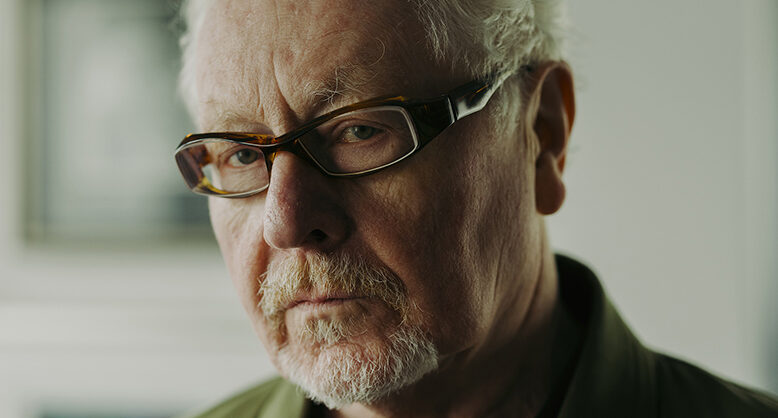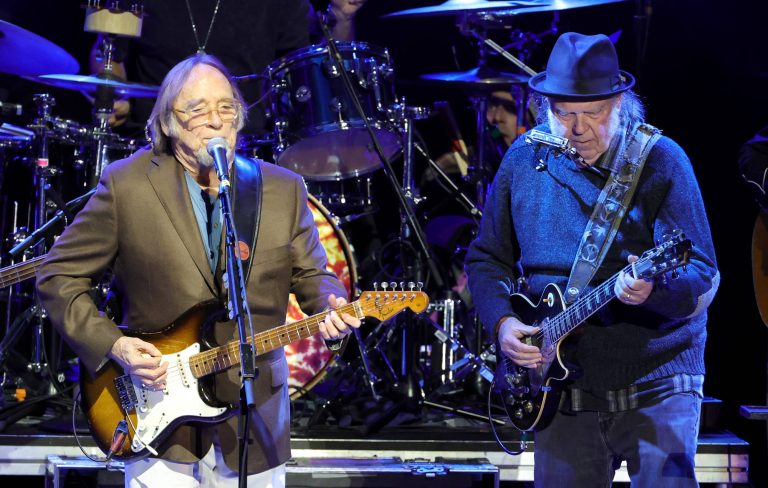
In the nuanced realm of music, where artistry meets the complexities of socio-political narratives, few musicians have balanced this tightrope as adeptly as Paul Brady. Revered by icons like Bob Dylan, who counts Brady among his « secret heroes, » Brady’s work bridges the gap between traditional Irish roots and global rock influences. At 78, this Northern Irish singer-songwriter may be more at peace with his « secret » status than ever, but his legacy rings as loudly as ever in the ears of his admirers.
The Early Days: Bridging Divides in Strabane
Paul Brady’s story begins in the town of Strabane, a borderland whose socio-political undertones seeped into his consciousness from an early age. Nestled between Northern Ireland and the Republic of Ireland, Strabane was a crucible of unrest, an environment that fostered Brady’s acute awareness of identity and belonging. Educated at one of the few integrated schools in Northern Ireland, Brady was exposed to a blend of Protestant and Catholic, male and female, shaping an inherently inclusive worldview.
This unconventional upbringing played a pivotal role in shaping his musical path, particularly the complexities of living on the border. Brady’s father, an educator trained in the southern Republic ethos, emphasized Irish cultural heritage while his mother taught in the British system. Such a dual existence instilled in Brady a deep sense of non-alignment that would echo through his music.
A Journey through the Maze of Music
Brady’s initial forays into music found their roots within the traditional folk scene. His tenure with Planxty, where he replaced Christy Moore, cemented him as a pivotal figure in Ireland’s musical narrative. Yet, while immersed in folk traditions, Brady’s artistry blossomed beyond convention. He meticulously reinvented 19th-century ballads, unearthing forgotten songs and infusing them with contemporary vitality.
Yet it was the politically charged landscape of the 1970s and 80s that gave Brady’s music its distinct voice. Tracks like « Nothing But the Same Old Story » and « Arthur McBride » became anthems of resistance and identity. The latter, a reworked 19th-century song, portrayed Irish resistance with wit, highlighting Brady’s ability to craft lyrics that engaged listeners intellectually and emotionally.
Confronting the Politics of Identity
The taut wire of Irish political tensions vastly influenced Brady’s work, providing ample material for introspection and commentary. Songs like « The Island » encapsulated the violence and irony intertwined in the IRA conflicts, resonating deeply with audiences. This candid reflection sometimes provoked backlash; Brady recalls an encounter where a listener attempted to choke him following a performance of the song, citing a betrayal of allegiance.
Brady’s ability to empathize set him apart. His great aunt’s hunger strike during the Irish Civil War and his firsthand experiences in Northern Ireland allowed him to understand both sides of the conflict, even as he refrained from condoning violence. This empathy, laced with a refusal to be pigeonholed, ensured his music transcended simplistic political binaries.
From the Shadows to Lasting Influence
As the 1990s dawned, Brady found himself at a crossroads. Dropped by his label, the Irish music scene viewed him as a rock outlier with traditional roots. Despite mixed reactions, his influence rippled quietly but powerfully through the industry. With peers like Eric Clapton and Tina Turner covering his songs, Brady’s footprint extended globally, whether or not his name headlined the stage.
In recent years, retrospectives and albums like « Paul Brady: The Archive » have allowed fans and newcomers alike to appreciate the breadth and depth of his work. As creative forces like Dylan continue to laud him, Brady remains a fascinating study in balancing personal convictions with universal appeal, a custodian of stories that reflect not only the tumult of his upbringing but the enduring power of music to heal and unite.




